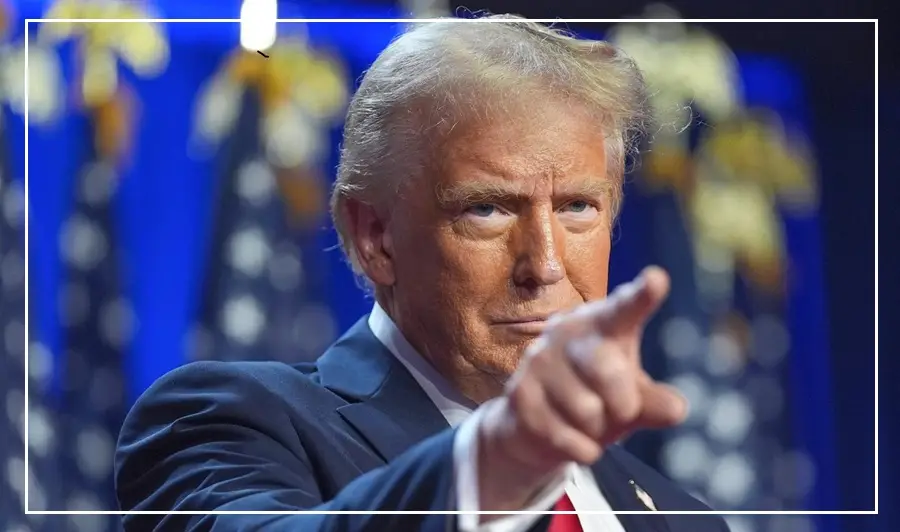Starting August 27, India’s labour-heavy industries face a serious threat, as the U.S. imposes steep tariffs—some as high as 50% or more—on Indian exports.
A report by the Global Trade Research Initiative (GTRI) warns that this could affect $60.2 billion worth of exports, putting millions of jobs at risk.
Major Sectors Under Threat
These new U.S. tariffs will hit key industries such as textiles, gems & jewellery, shrimp, carpets, handicrafts, agrifood, and light metals—all of which are crucial to India’s workforce and export economy.
Shrimp: Exports worth $2.4 billion now face a 60% tariff, threatening aquaculture jobs in Visakhapatnam.
Gems & Jewellery: $10 billion in exports hit by 52.1% duty, risking thousands of jobs in Surat and Mumbai.
Textiles & Apparel: $10.8 billion exposed to 63.9% tariffs, putting pressure on hubs like Tirupur, Bengaluru, and the NCR.
Carpets & Handicrafts: Almost $3 billion in exports could collapse, while rivals like Turkey and Vietnam gain advantage.
Agrifood: $6 billion worth of exports, including basmati rice, spices, and tea, now face 50% tariffs, benefiting competitors like Pakistan and Thailand.
Metals & Chemicals: Steel, aluminium, copper, and organic chemicals worth $7.4 billion will also be taxed above 50%.
Some Relief Remains
Despite the blow, about 30% (or $27.6 billion) of Indian exports to the U.S. will remain duty-free.
This includes pharmaceuticals, APIs, and electronics. In fact, medicines alone make up 56% of the exempted items.
GTRI’s Suggested Measures
To soften the impact, the GTRI has recommended the following steps:
Financial Support: Introduce a ₹15,000 crore interest support scheme, give targeted loans, and offer wage aid for MSMEs.
Tax Refunds & Reforms: Boost export cost-saving programs like RoDTEP and RoSCTL.
Market Diversification: Launch strong trade outreach efforts in Europe, the Gulf, and East Asia.
India+1 Strategy: Set up manufacturing and export bases in UAE, Mexico, and Africa to work around U.S. tariffs.
Conclusion
These high U.S. tariffs are likely to cause a sharp fall in exports from India’s most labour-dependent sectors, threatening millions of jobs and global market share.
While pharmaceuticals and electronics bring some relief, India must act fast with strong policies and explore new markets to protect its export future.























